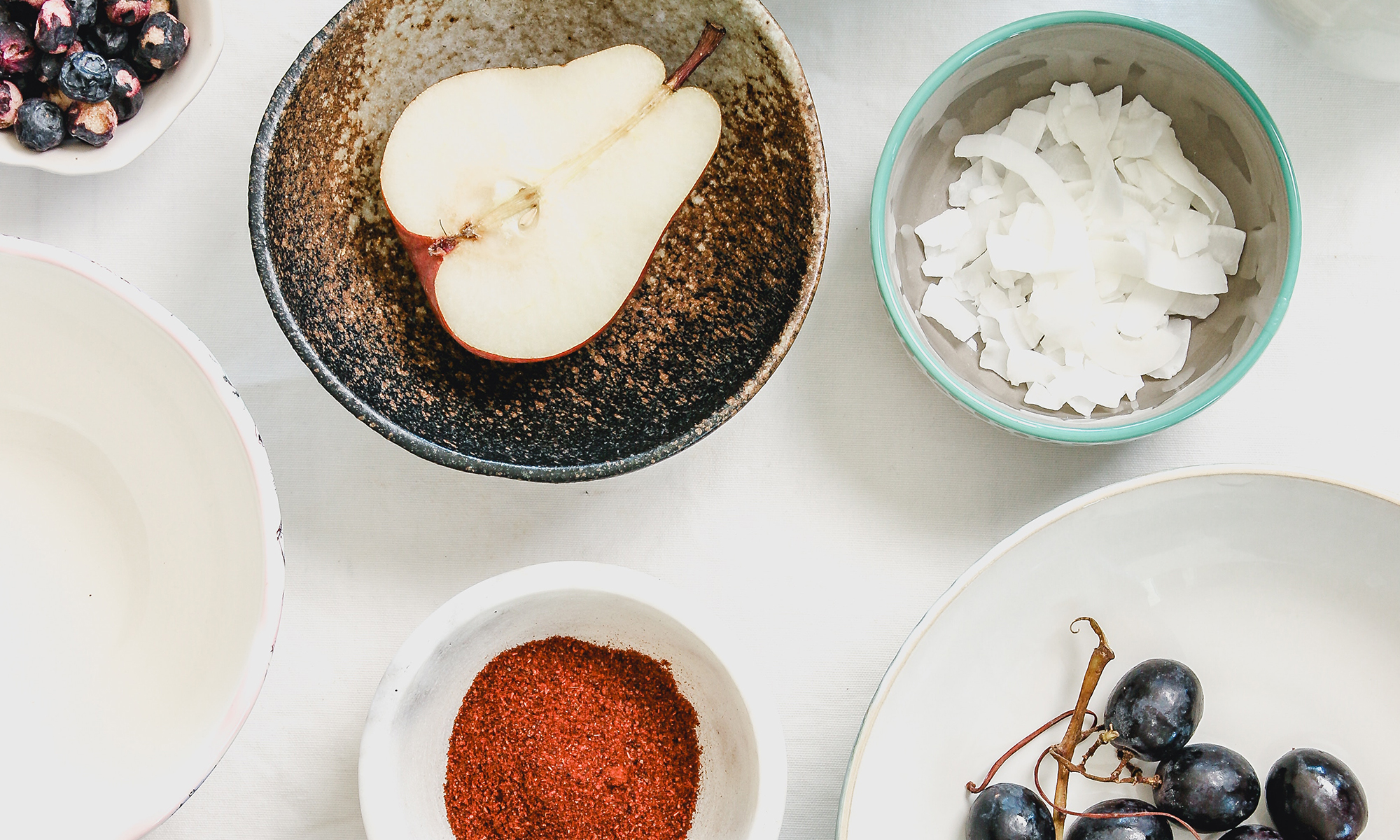Recently, I was reading the autobiography of an entrepreneur. He described the demise of his gift catalog business: “Finally, after the program grew so that it produced revenue of three-quarters of a million dollars and only cost us approximately $750,000, we decided to drop it.”
As someone who loves a good excel spreadsheet, this statement left me wanting to know more: Was $750,000 sufficient revenue to support a catalog business in general? Did they need to manage costs or increase revenues?
The only way to know would be to evaluate the revenue and cost structure… and to do this, we need to have benchmarks, a standard by which performance can be measured. Did they appropriately mark-up catalog prices? Were their shipping and handling costs in-line with industry standards? If they answered yes to these questions, then perhaps they needed to increase revenues to support the fixed costs involved in maintaining a warehouse and printing the catalogs.
We could apply these same principals to a restaurant or farm.
If you look at your bottom line and realize you’re not making as much profit as you’d like (or need), then you can look at the benchmarks to see what areas of your business need improvement. Is your food cost between 25% – 35%. Is your rent less than 10% of sales? And for farms, is your labor less than 35% of sales?
You can set your benchmarks to industry best practices or to a customized goal that is suitable for your business. Not all businesses fall into the same mold; only you can judge if these are appropriate for your business.
Here a few industry-standard benchmarks for restaurants and farms:
Restaurants
Food Cost: 25-35% of food sales
Labor Cost: 20% – 40% of total revenue
Occupancy: 8% – 12% of total revenue
Farms:
Labor Cost: 35% of sales
Operating Expenses 40% – 50% of sales
Capital Improvements: 2% – 7% of sales
For further assistance in evaluating the financial health of your business and ways you can improve your bottom line, send us an email.
| Click here to receive my monthly Food Consulting newsletter by email. |
